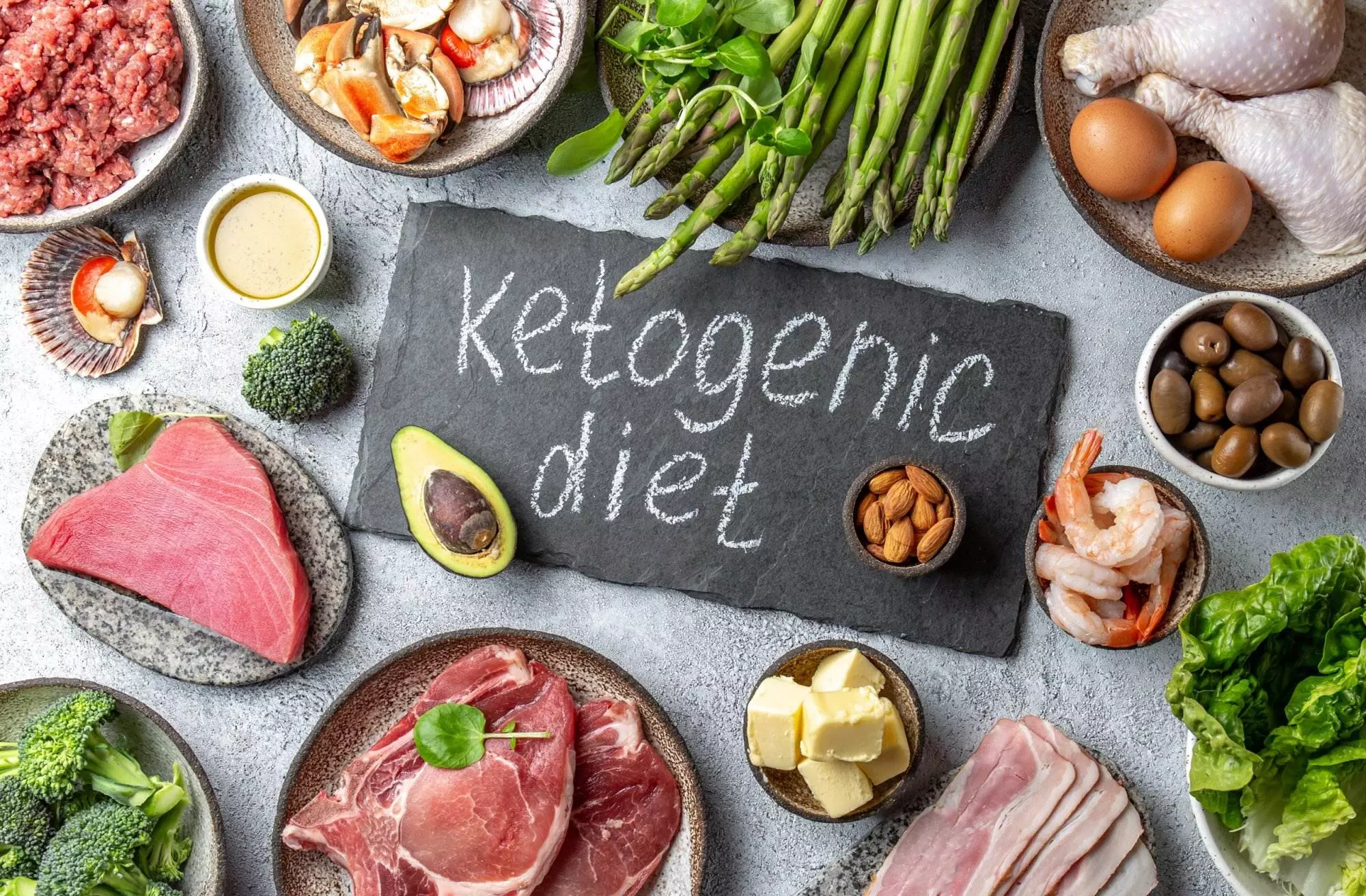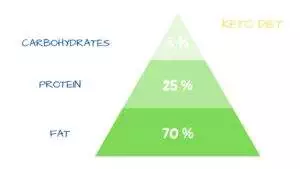
Everything You Need to Know About the Ketogenic Diet
The keto diet is a low-carb, high-fat diet that has gained popularity in recent years for its potential weight loss benefits. But what exactly is the ketogenic diet? And how can you start incorporating it into your daily routine? In this article, we’ll cover everything you need to know about the ketogenic diet, including its benefits, foods to eat (and avoid), and tips on how to get started.
What Is The Ketogenic Diet?

The ketogenic diet is a type of diet that focuses on consuming fewer carbohydrates and more fats than traditional diets. By doing so, the body enters a state called ketosis, which occurs when the liver breaks down fatty acids into molecules known as ketones. These ketones are then used by the brain as fuel instead of glucose, which typically comes from carbs. This process leads to a number of health benefits, including weight loss, improved energy levels, and better mental clarity.
Benefits Of The Keto Diet
There are several benefits associated with the ketogenic diet, including:
Weight Loss – One of the most well-known benefits of the keto diet is its ability to promote rapid weight loss. By limiting carb intake and increasing fat consumption, the body burns through stored fat cells, leading to significant weight loss over time.
Improved Energy Levels – Because the keto diet relies on burning fat for energy rather than glucose, many people report feeling more energized throughout the day. This is because the body isn’t experiencing the typical spikes and crashes associated with sugar consumption.
Better Mental Clarity – Some studies suggest that the keto diet may improve cognitive function and memory retention. This could be due to increased blood flow to the brain or changes in neurotransmitter production.
Reduced Risk of Chronic Diseases – Research suggests that following a ketogenic diet may reduce the risk of chronic diseases such as heart disease, cancer, and Alzheimer’s disease.
Foods To Eat (And Avoid) On A Keto Diet

One of the key aspects of the keto diet is knowing which foods to include (and exclude) from your meal plan. Here are some general guidelines:
FOODS TO EAT:
Fatty Meats – Beef, pork, chicken, turkey, fish, and other meat sources should make up the majority of your protein intake on the keto diet. Look for lean cuts and opt for grass-fed or organic whenever possible.
High-Fat Dairy Products – Cheese, butter, cream, and full-fat yogurt are all great sources of saturated fat, which is essential for maintaining ketosis.
Avocado – This versatile fruit is packed with healthy monounsaturated fats and makes an excellent addition to salads, sandwiches, and smoothies.
Nuts and Seeds – Almonds, walnuts, pecans, sunflower seeds, and pumpkin seeds are all good choices for snacking or adding to recipes.
Low-Carb Veggies – Leafy greens like spinach, lettuce, and kale are great options, along with cruciferous veggies like broccoli and cauliflower.
FOODS TO AVOID:
Grains – Bread, pasta, rice, cereals, and any other grain products should be avoided completely while on the keto diet.
Sugar – All forms of added sugars should be eliminated, including honey, maple syrup, agave, and artificial sweeteners.
Starchy Veggies – Potatoes, sweet potatoes, corn, peas, and other starchy vegetables should be limited or avoided altogether.
Legumes – Beans, lentils, and other legume products contain too much carbs to fit within the parameters of the keto diet.
How To Start A Keto Diet
If you’re ready to try out the keto diet, here are some steps to help you get started:
- Plan Your Meals – Before starting the keto diet, take some time to plan out your meals for the week ahead. Make sure they consist primarily of fatty proteins, high-fat dairy products, avocados, nuts and seeds, and low-carb veggies.
- Gradually Lower Carb Intakes – Don’t go cold turkey! Instead, gradually lower your carb intake over a period of two weeks until you reach the recommended 20 grams per day mark.
- Test Your Ketone Levels – Use urine strips or a blood meter to test your ketone levels regularly to ensure you’re staying in ketosis.
- Drink Plenty of Water – Dehydration is common on the keto diet since it causes water loss through urination. Drinking plenty of water will help prevent headaches, constipation, and dizziness.
Keto Meal Plan and Recipes
Here are some sample meals and recipes to help you stick to the keto diet:
Breakfast:
Bacon and eggs with avocado
Greek yogurt with berries and almonds
Smoothie bowl with coconut milk, spinach, and blueberries
Lunch:
Grilled chicken salad with mixed greens, cheese, and olive oil dressing
Tuna salad with hard-boiled egg, celery, and mayo
Turkey wrap with avocado, tomato, and mustard
Dinner:
Steak with roasted Brussels sprouts and mashed cauliflower
Salmon with asparagus and lemon butter sauce
Chicken stir-fry with bell peppers, onions, and cashews

Remember, the key to success on the keto diet is planning, preparation, and persistence. With these tools in hand, you can achieve your weight loss goals and experience the numerous health benefits of the ketogenic diet.

